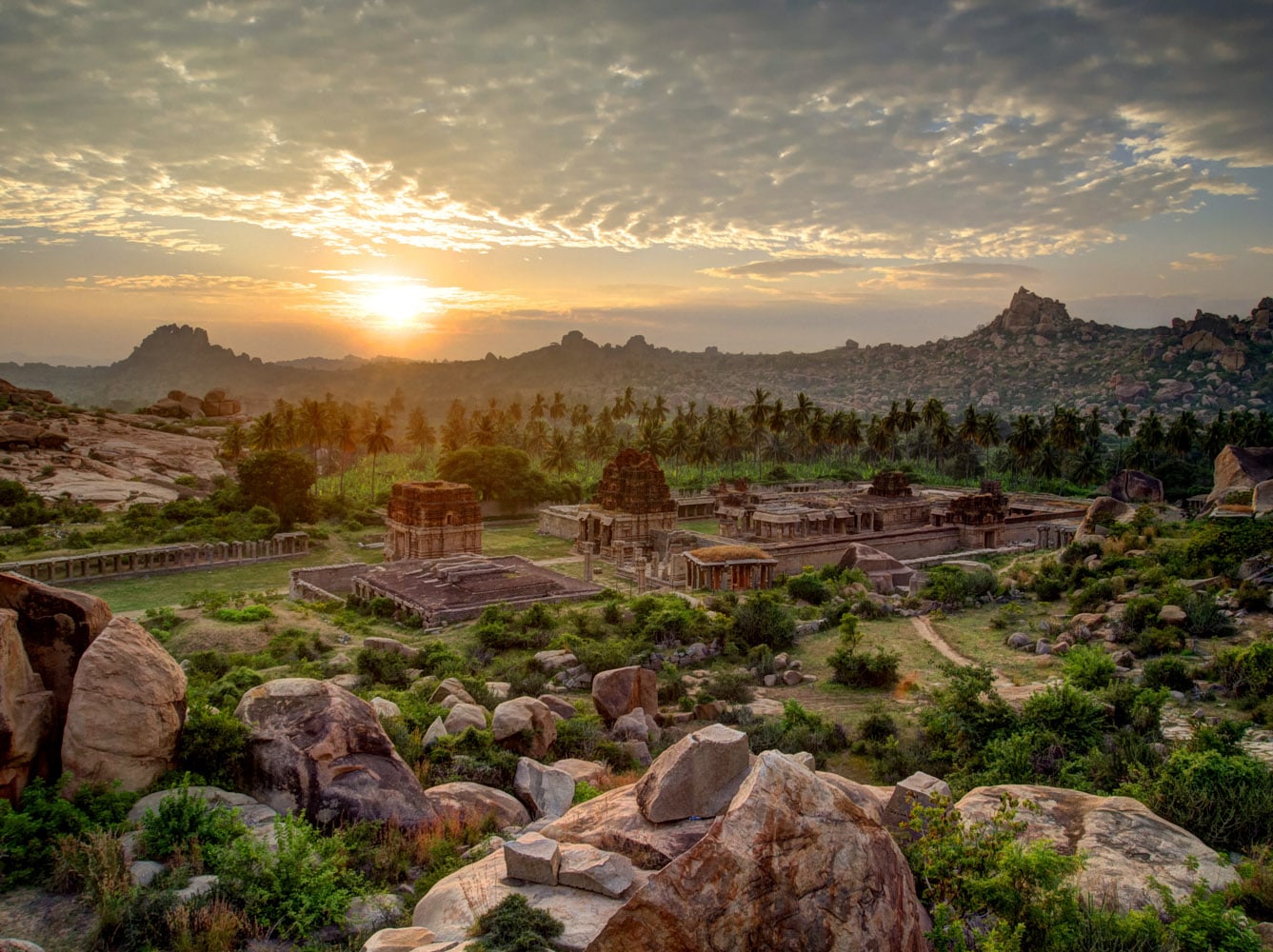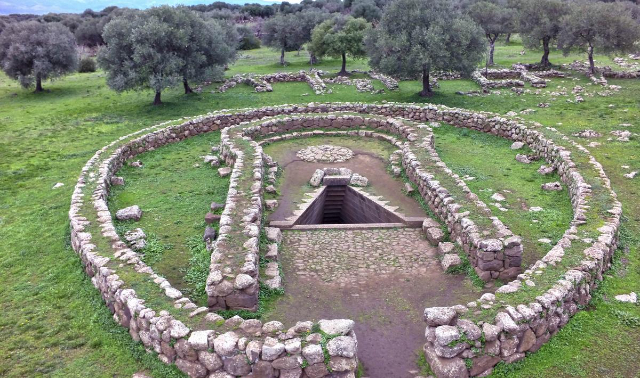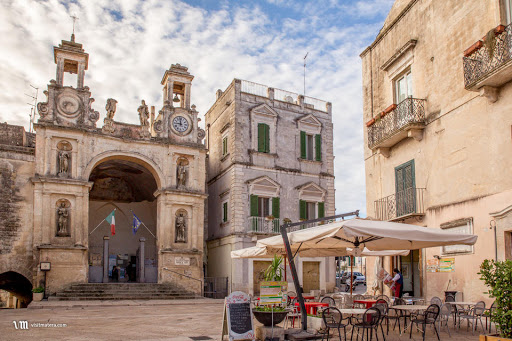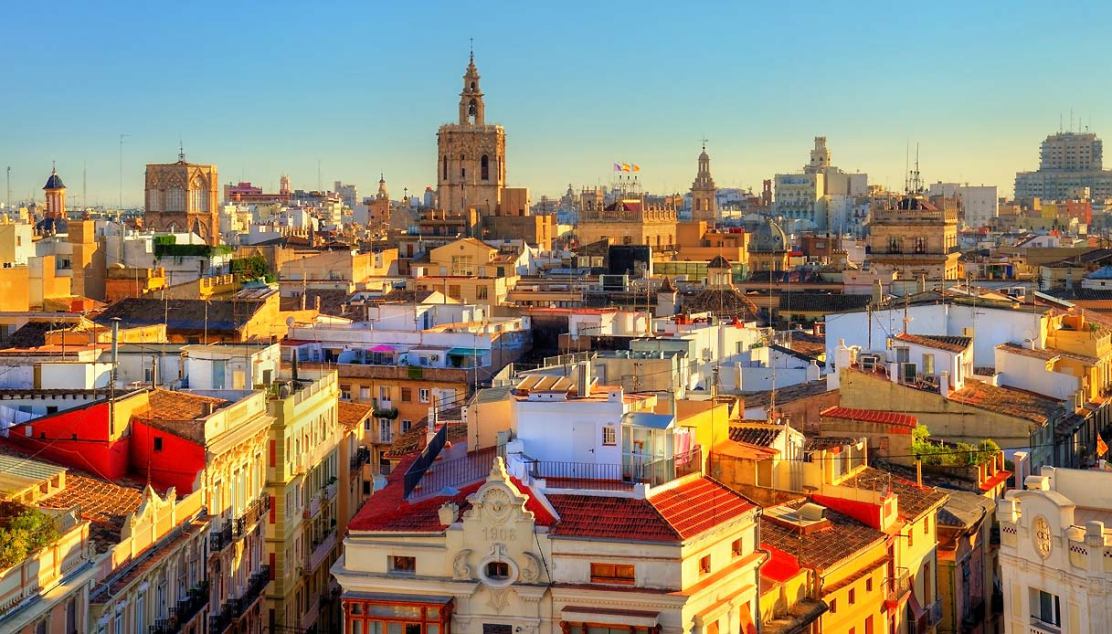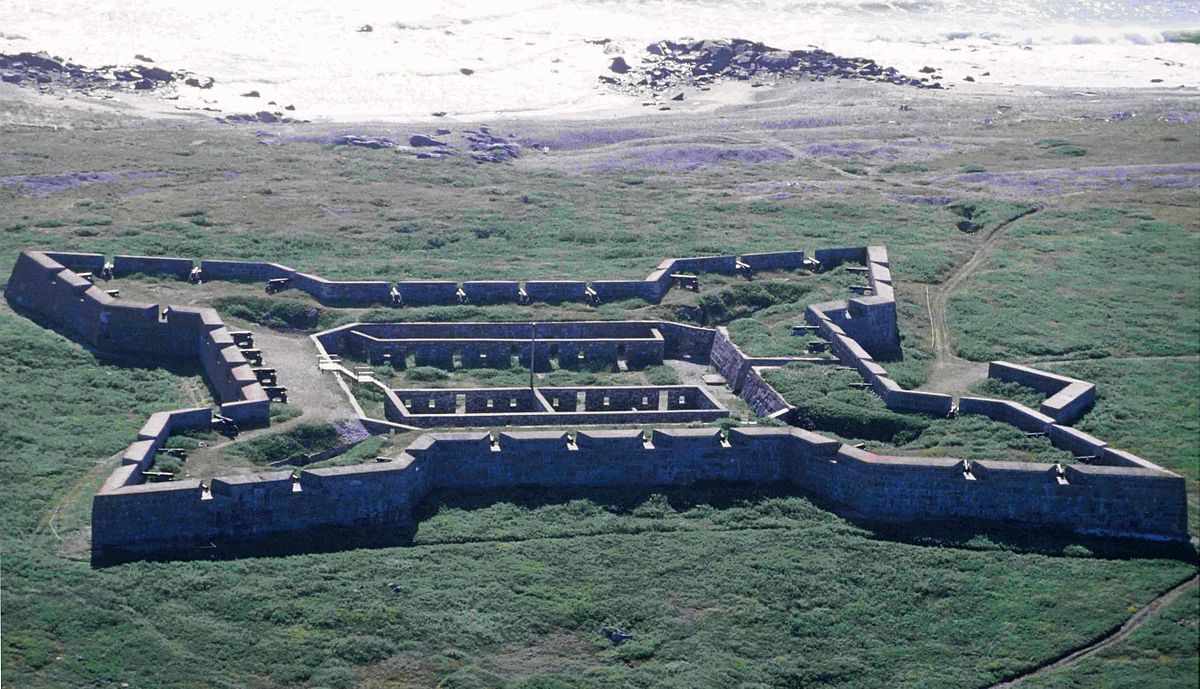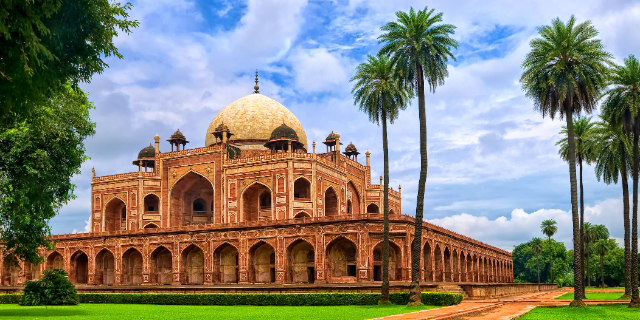Hampi is recognized as one of the UNESCO World Heritage Sites and is located near Hospet town in Karnataka, India. This ancient village stands as a testament to the grandeur of the Vijayanagara Empire, which once ruled much of South India. The ruins of Hampi offer a fascinating glimpse into the past, showcasing intricate architecture and an extensive area filled with temples, palaces, market streets, and fortifications.
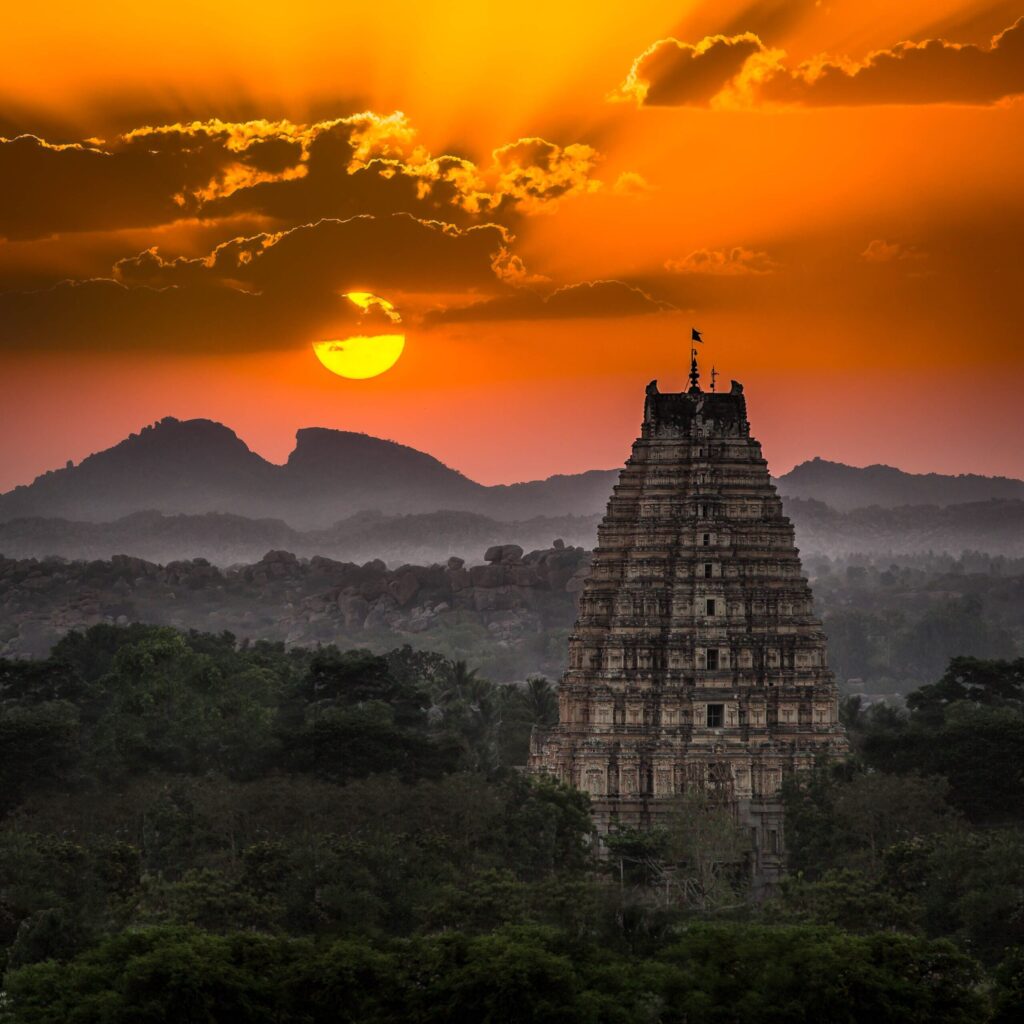
The most iconic structures in Hampi are the Virupaksha Temple, which is still in use today, and the Vittala Temple, famous for its extraordinary stone chariot and musical pillars that resonate when struck. These architectural marvels, along with the meticulously crafted statues and carvings, reflect the advanced craftsmanship and artistic richness of their time.

Hampi’s landscape is equally captivating, dominated by rocky boulders and plantations, which contrast dramatically with the elaborate human-made structures. The Tungabhadra River adds to the scenic beauty, weaving through the rugged terrain and providing a tranquil backdrop to the historic site.
Hampi is not just about the ruins and historical monuments; it’s also a place steeped in mythology and folklore, often linked to the Hindu epic, the Ramayana, believed to be the mythical Kishkindha, the realm of the monkey gods. This connection adds a layer of cultural and spiritual significance, attracting not only history enthusiasts but also those drawn to its mythical past.
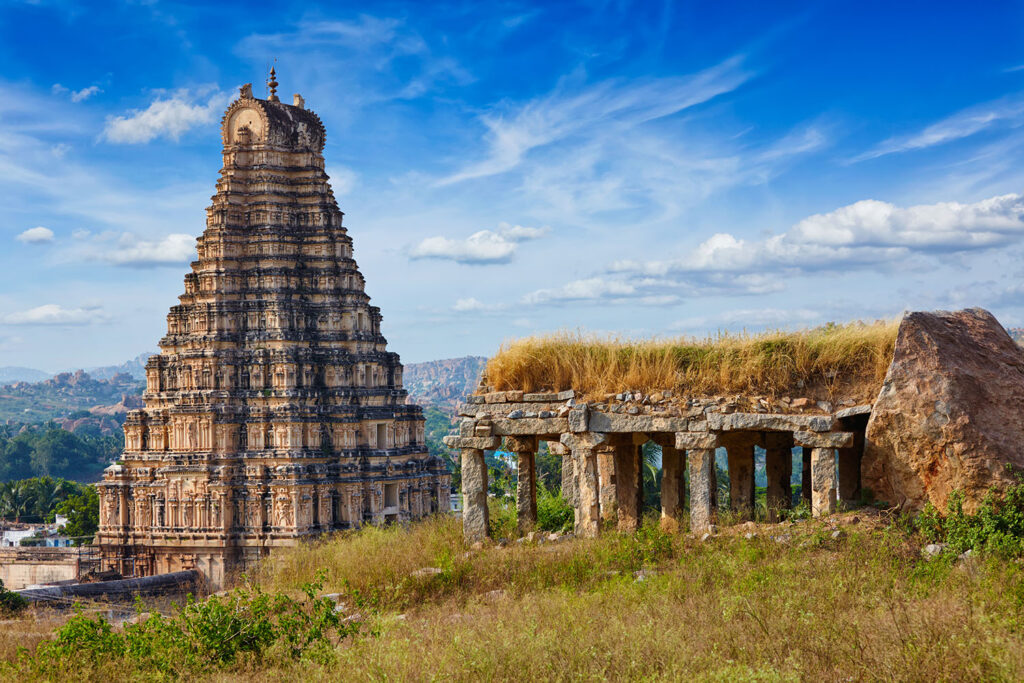
Today, Hampi is a magnet for tourists from all over the world, offering not only a journey back in time but also a spot for relaxation and reflection amid its serene natural surroundings. Whether you’re exploring its ancient ruins, hiking among its rocky outcrops, or simply enjoying the sunset over the river, Hampi provides a profound and unforgettable experience.
Learn more about Hampi and other UNESCO World Heritage Sites with a visit to Secret World, where you can dive deeper into the history and wonders that these places hold.

